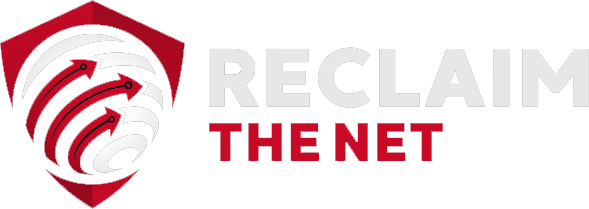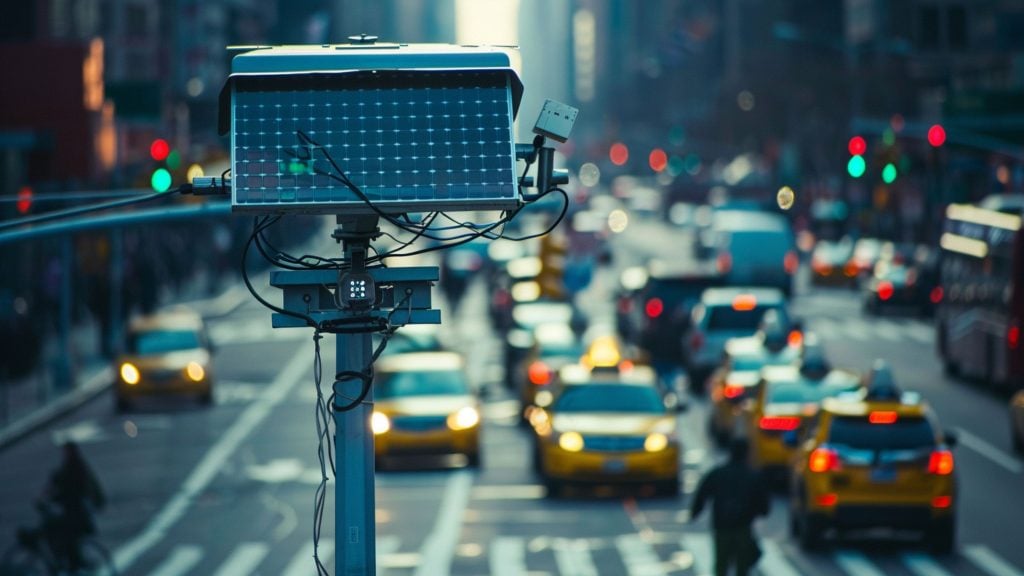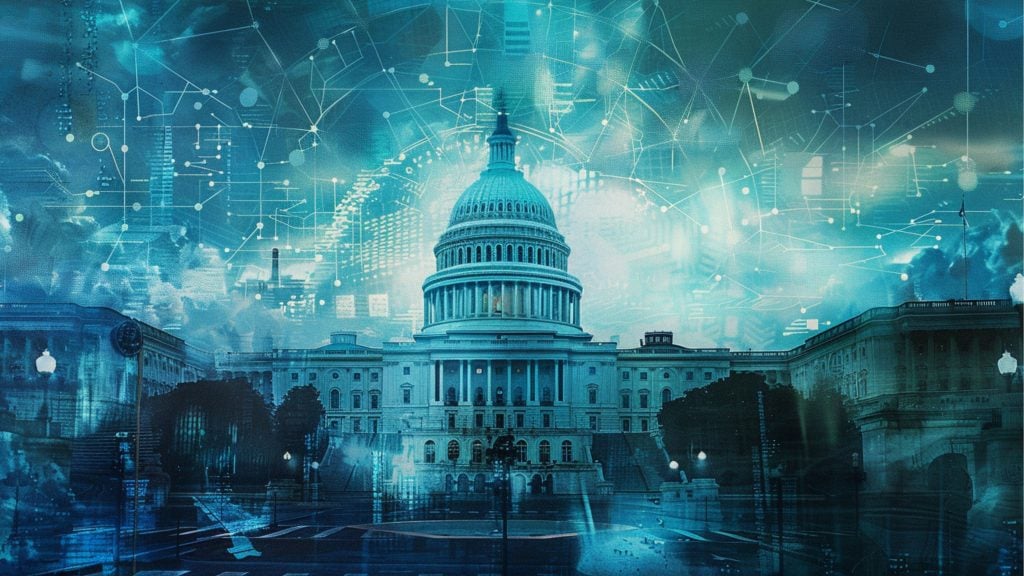The London Times editorial board recently delivered a pointed critique of groups like the Global Disinformation Index (GDI), accusing them of acting as “self-appointed censors” who operate “in the shadows” and pose a “threat to free speech.”
Yet, in the same breath, the Times reveals its own willingness to endorse a selective approach to censorship, so long as the targets align with its own criteria.
While the editorial draws a firm line between malicious falsehoods and legitimate dissent, it doesn’t reject censorship outright.
Instead, it carves out an exception: “harmful disinformation, such as a doctored video designed to cause distress or inflame tensions, is one thing; legitimate journalism seeking to question the status quo is quite another.”
That distinction may sound reasonable on the surface, but it hinges entirely on who gets to decide what counts as “harmful.” In practice, this gives room for silencing speech under subjective definitions, provided those definitions align with elite sensibilities.
The Global Disinformation Index, a little-known nonprofit founded in 2018, has taken it upon itself to grade news organizations based on vague notions of “trustworthiness.”
Its reports, which have been used to influence online advertising decisions, can financially strangle outlets by placing them on exclusion lists. Once flagged, a publication can see its ad revenue evaporate as advertisers steer clear, often without the public, or the publication, ever knowing why.
Their influence far exceeds that of traditional editors or publishers, largely because they operate through algorithms and financial incentives, targeting revenue rather than content directly.
The Times editorial stops short of fully embracing the principle of open inquiry. While decrying the secrecy and self-importance of outfits like the GDI, it leaves the door open to censorship, provided it’s targeted at the content they believe crosses an undefined line into “harm.”
This undermines the editorial’s own warning about the chilling effect of selective enforcement. Once any authority is granted the power to judge truth in service of suppressing it, the essential freedom of press and expression is already compromised.
By calling for protection of “legitimate journalism” while conceding the need to crack down on “harmful disinformation,” the Times falls into the same trap it criticizes. It grants a moral and editorial license to define acceptability, not based on transparency, accountability, or open debate, but on perceived intent and potential impact. The risk, as always, is that this standard will be wielded not to protect the public, but to shield the powerful.
